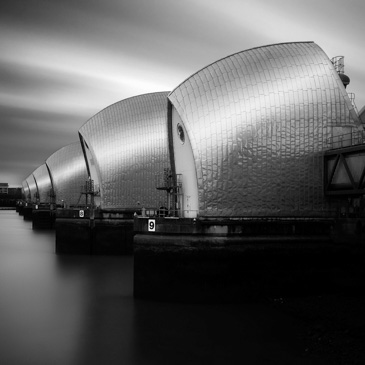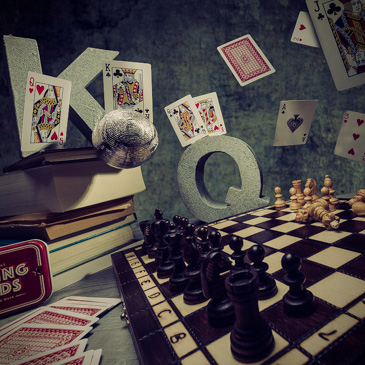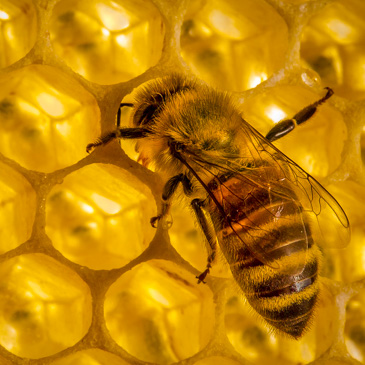On the Shoulders of Giants
I have an extensive collection of photo books and I love looking through collections of classic photographs. Photography books are a real source of inspiration for new ideas but they can also be a handicap when I'm out shooting. This is because you realise fairly quickly that pretty much every photograph has already been taken and all you're doing is standing on the shoulders of the people who have gone before.
There's a quotation I like from David Bailey:
"After Edward Weston's nudes in the sand, there was nowhere to go. But there's nowhere to go with photography anyway, like there's nowhere to go with drawing. No one can draw better than Leonardo or Michelangelo; you can only draw in another way. All the ideas in photography had already been done by the '30s, so now you have to do what you do with photography."
I do my best to avoid direct copies of photographs I've seen but I'd be the first to admit that virtually every photograph I've taken is inspired by an image that I've seen somewhere else.
The purpose of this preamble is because a few people have asked me about my multiple exposure photographs and I wanted to explain the inspiration for them without taking undue credit for the idea.
My interest in these kinds of image was first piqued after I saw one of David Hockney's "joiners". This image (from 1982) is a collage of Polaroid photographs. I liked the way that the image was representational but at the same time you have a faux-cubist view of the subject from slightly different angles.
"My Mother Bolton Abbey, Yorkshire, Nov. 82" by David Hockney. © David Hockney.

I tried this idea out while making a portrait of the Staffordshire-based artist, Jiri Borsky, back in 2014. I was deeply unimpressed by the result and so I didn't share the picture anywhere.
Portrait of Jiri Borsky
Composite of 14 images. 1/60s f/2, ISO 400. Canon 5D Mk 3 with EF 135mm f/2L USM lens.

But it remained bubbling away as an idea so I was intrigued when I came across this article in a photo magazine a year later.
From Digital SLR Photography, Dec 2015.

The basis of the technique is to place your portrait subject at the centre of an imaginary Lazy Susan. You then both turn around the circle, continuing to face each other, as you take pictures. When you merge the photographs in Photoshop (after some jiggery pokery), you find that the background has been blurred but the subject stands out. I really like the way that this technique removes the form of the background but retains the texture. Because you follow the subject around a circle I call these 360-degree portraits.
Here's an example of when this comes in useful. I took this picture at ComicCon in Birmingham. The NEC is mobbed with people so it's impossible to take a single photograph that doesn't also include a few random passers-by. So I tried the 360-degree technique to isolate the subject.
Batman
Composite of 6 images. 1/640s f/2, ISO 200. Olympus OM-D EM-5 Mk2 with M.25mm f/1.8 lens.
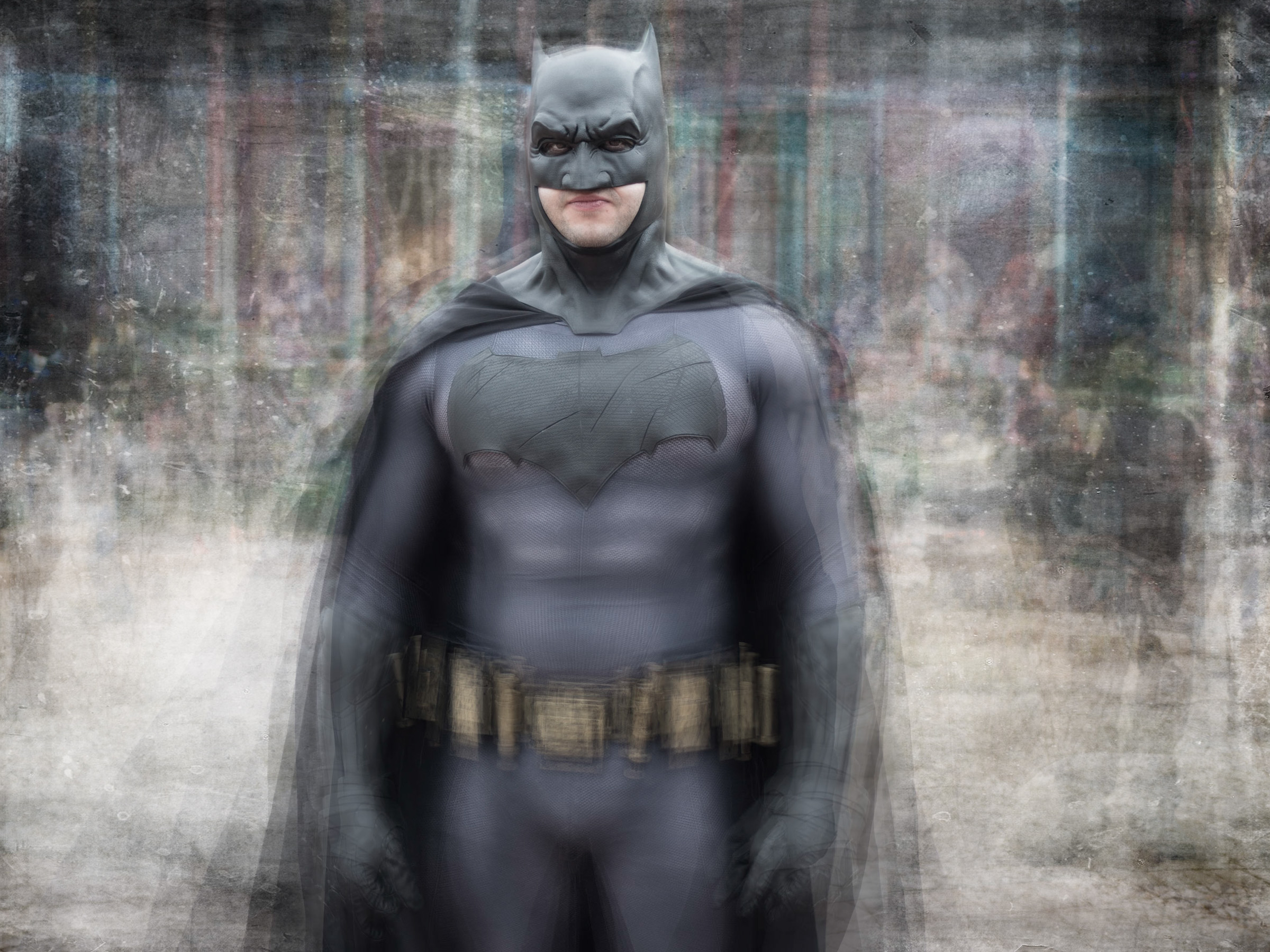
Although I like these pictures, they tend not to be favoured by photography judges at club competitions. Judges don't have a lot of time for portraits with a subject in the middle of the frame. If you submit one of these images to a club competition the judge just thinks you're clueless about composition. But if you crop these images and place the subject on one of the thirds, I don't think it works.
Moving on from portraits, I then tried out a similar idea with street photography and buildings. Here are some examples I took a couple of years ago in Newcastle. Another example is my photograph of the The Lowry Building in Manchester. This is the closest I've managed to get to the faux-cubist feel that I was first inspired by in David Hockney's work.
The Lowry Building
Composite of 5 images. 1/250s f/4, ISO 200. Olympus OM-D EM-5 Mk2 with M.12mm f/2 lens.
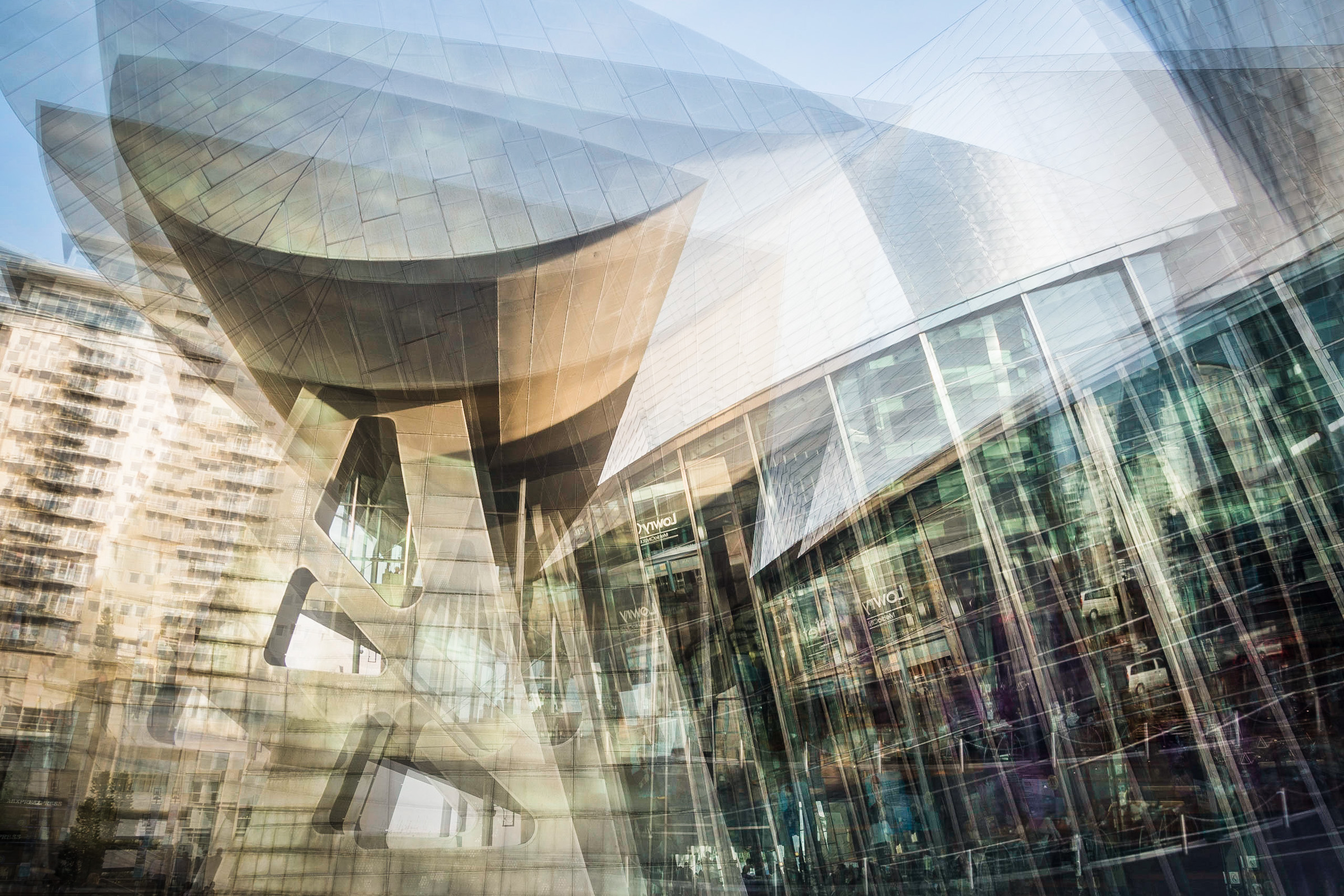
Since that time, I've seen many other people use this approach. I doubt that any of them were inspired by my work: I just think there must be something in the water and many of us have been working on the same idea at the same time. One problem with combining multiple exposures is that the backgrounds can sometimes get a bit too crunchy and contrasty (you can see some examples of what I mean in the pictures I took in Newcastle). I prefer it when the image is softer. Some of the best work I've seen is in Diane Seddon's ARPS panel submission.
Other good examples can be seen in the work of Berlin-based photographer Frank Giebichenstein.
I'm not sure if I'll do many more of these. When I discover something new I tend to spend weeks at it, and then just as quickly get bored. But it's an interesting way of looking at the world and I'm sure it will work for the right subject.
